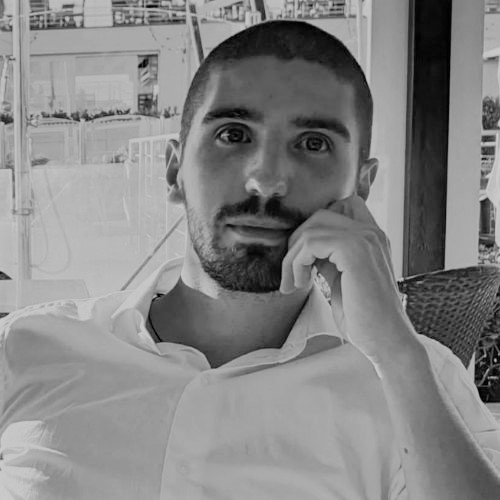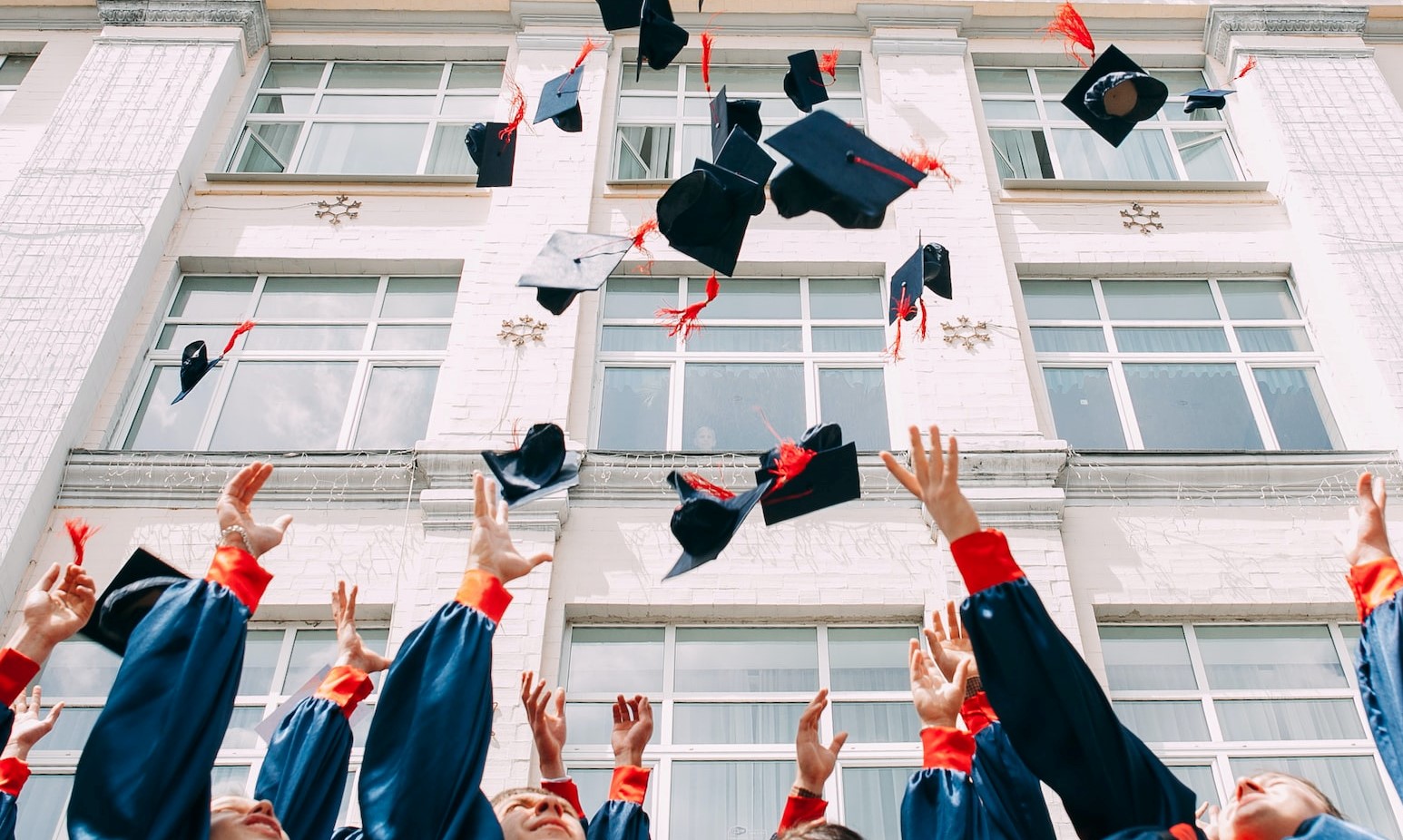Universities perform a series of essential services for the circular transition, from defining what a circular economy really is to researching innovative solutions, from x to dialogue with businesses. This mission is leading the academic world to an increasingly less isolated position.
They are not ivory towers. Universities, both public and private, play a key role in researching and disseminating all the principles and solutions that underpin the circular economy. A shared horizon – both centre and nucleus – that those who innovate and shape future generations are lucky enough to see from above, from different angles, and ahead of time. In the era of the ecological transition, this centripetal drive gives academic verticality a permanent oversight of the future, as long as it continues to embrace a systemic and inclusive mode of thinking.
Spreading the Circular Economy
Academics around the world have provided over 114 definitions of the circular economy, a fact that may still indicate a stage of initial disorientation. “Education and training, both the compulsory and professional kinds, play a vital role in the circular transition. The sector in question is not important, and the reason is very simple: the circular economy is not an exact science,” says Giorgos Demetriou, director of the Circular Economy Research Centre at the École des Ponts Business School in Paris, speaking to Renewable Matter. “It is not like with mathematics or physics, for example, which have existed for many years and adhere to specific disciplines and practices. The circular model is regenerative, it represents a break with the past and can exist and be applied in many sectors. The way it is conceptualised and then implemented is different for each one. If, for example, I want to apply the circular economy to construction, what must I consider? Does it relate only to construction materials? Is it about post-demolition reuse? Does it concern the architectural project? There are many elements to consider. We have to carry out research, identify good practices and failures. Education will address the initial knowledge gap and allow the circular economy to become widespread”.
Universities and businesses
Academic research and teaching are complementary. While the former aims for a greater degree of certainty, the latter serves to spread knowledge. In the world of the circular economy – a model that by no means abandons materiality – this is a service that, first of all, must look to businesses, down where it is necessary to make scientifically correct decisions both for the short and long term. “The role of the university in the circular economy is to frame the concept, guiding companies in understanding both which innovations and technologies to implement and what language to use,” explains Franco Fassio, professor at the University of Gastronomic Sciences in Pollenzo. “My field is systemic food design, which is a model that requires intervening in the relationships between different stakeholders – companies included – throughout a supply chain. We work on design, attempting to understand how to preserve or generate new interactions. We consider inputs, outputs, material and energy flows, aiming to optimise the system not only from an environmental perspective but also from the point of view of economic and social sustainability”.
If we are to make the circular economy the dominant production model, we must think up, design, test, and anticipate solutions throughout products’ entire life cycle. According to Laura Badalucco, Professor of Design and director of advanced courses in Circular Design and Packaging at IUAV University in Venice, it is often universities that overturn business-as-usual, even when it corresponds to tradition. “In glass-blowing workshops in Murano, a byproduct known as cotisso was disposed of, ground up, and reused as a material in road building. This is ridiculous if you think about the even cultural richness of this material, which artisans in the furnaces use to make glass-blowing collars or as supports in creating certain shapes. These elements often have very precise forms, which we have catalogued to create new products from waste. In one case, for example, a company recovered cotisso to create wonderful chandeliers for large spaces. Of course, this is not the fulcrum of the circular economy. But in this way, we avoided the creation of waste”.
Universities, legislation, institutions: synergy with room for improvement
If the game changes, so must the rules. In other words, the circular transition will not only happen through hard science. Materials engineering, physics, and chemistry will not be enough to support the transition to a closed-cycle system. “Ecological” lawmakers will also be needed, who can facilitate dialogue – even as interpreters – and anticipate the needs of industrial actors that have a great desire for certainties and guarantees from legislators in order to change their setup. It goes without saying that here too, universities are the starting point. “Environmental law is not just the set of regulations that dictate the organisation of public administration. If legal professionals were truly prepared on these issues, all corporate consultancy would be simpler, and with it the ecological transition,” says Barbara Pozzo, Professor of Comparative Private Law at the University of Insubria. “Instead, environmental law is a multidisciplinary practice encompassing international law, EU law, both public and private comparative law, and legal philosophy. The pigeonholing of environmental law in ministerial briefs as a matter of administrative law causes it to lose its glamour. Environmental law reduced to a debate on the procedures or scope of a Ministry, State, or Region, is uninteresting. We have to convey to students that there is a lot to do, and a lot that can be done, concerning this issue”.
Teaching and research: focus on new generations
Within universities, the role of under-30s is also changing. Students increasingly feel the weight of change on their shoulders, as eco-anxiety. Defined for the first time in 2017 by the American Psychological Association as “the chronic fear of environmental ruin”.
Teachers are starting to realise this. “I have been in this job since 1994, but I only began to perceive the need to change my approach to teaching three years ago,” Badalucco continues. “In the past, I started with the problems and only later I moved on to the solutions. However, not long before the start of the pandemic, I started to sense that this method led to dips in attention, a sensation of discomfort that is hard to explain. Thus, I decided to overhaul my teaching method, starting with the solutions that already exist, the proof that it is possible to intervene. I try to engage students by explaining to them that, as designers, we have a key role because fundamentally, we are concerned with waste prevention, in terms of changing consumption and needs, and not only the end-of-life management of materials”.
Researchers have also started along a revolutionary path. This is exemplified by Italy’s nationwide PhD in Sustainable Development and Climate Change, coordinated by IUSS University in Pavia. Over 50 public and private Italian universities have joined the programme, with 150 scholarships available for the three-year course. “These doctoral students have shown that they want to be of use to the social context they inhabit. They believe in the cause they are studying and the interaction between different disciplines,” says Marcello Arosio, director of communication for the programme, speaking to Renewable Matter. “Ours was the first nationwide doctorate in Italy. We are now at the beginning of the second academic year but until 2021 there was no relevant legislation. The challenges society is facing can no longer be confronted only in a vertical, single-discipline manner, as has always been the case in the world of research. This is why we offer six curricula: the Earth and environment system, socio-economic risks and impacts, territory and technology, theories, institutions, and cultures, agriculture and forests, and, finally, health and ecosystems. The programme includes shared activities among the different groups to connect universities and participants as closely as possible. Hence, in our workshops, doctoral students in engineering find themselves working alongside those studying philosophy, languages, and possibly even climate science. We are still at the beginning, but already we can see the richness of this mentality as an approach to research”.
Image: Vasily Koloda (Unsplash)



